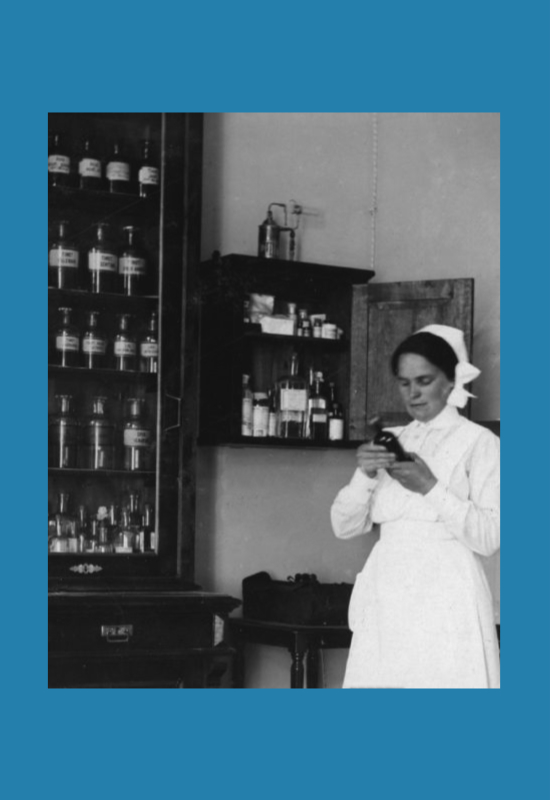Material Configurations of Nursing and their Ethical Implications. The Prolonged Bath Treatment in Psychiatry
DOI:
https://doi.org/10.25974/enhe2020-10enPalabras clave:
20th Century, Material Culture Studies, Nursing History, Nursing Practices, Patient's History, Prolonged Bath, Psychiatry, Treatment MethodResumen
When “prolonged” or “permanent” baths were introduced as a treatment in psychiatric institutions around 1900, special treatment rooms had to be created that utilised medical knowledge of the time (hydrotherapy) and technically progressive features (running water). The nurses, who were co-agents in the treatment regimens, had a high level of responsibility for the patients, as serious accidents repeatedly occurred in the prolonged baths. Technical apparatus was gradually installed and material adaptations were made to the rooms that served to lighten the nurses’ workload. This article examines the influence the material configuration of the bathroom had on nursing practice and also explores which insights can be drawn for current issues in nursing ethics.Descargas
Publicado
2020-06-15
Número
Sección
Open Section
Licencia
Derechos de autor 2020 European Journal for Nursing History and Ethics

Esta obra está bajo una licencia internacional Creative Commons Atribución-SinDerivadas 4.0.






